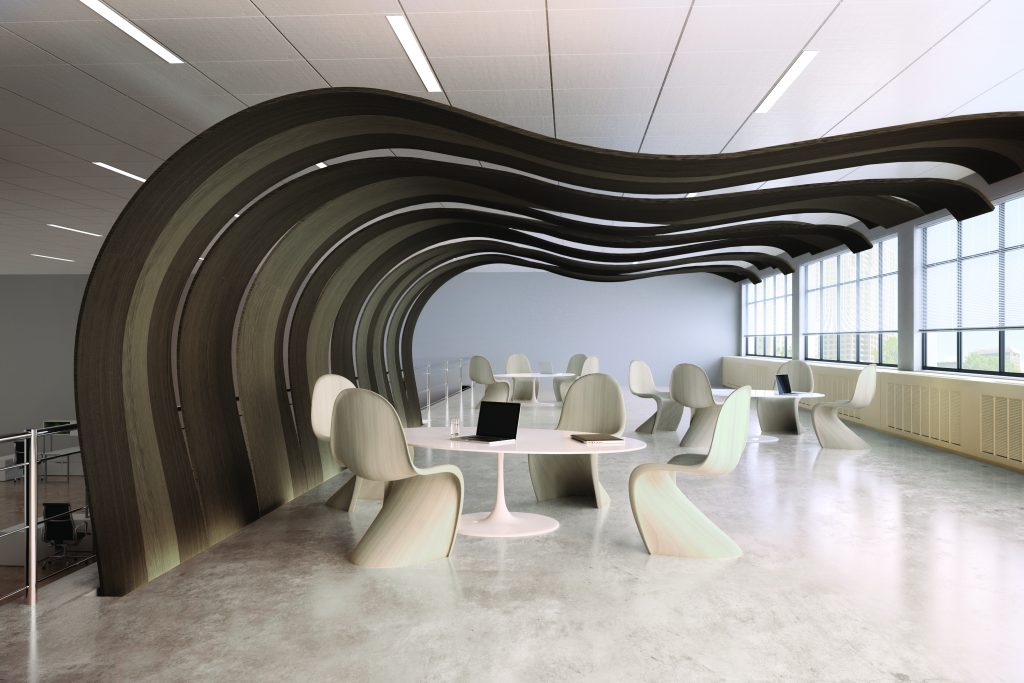Sound has a strong influence on how you experience a space. Without consideration a bare room will be quite noisy as the sound waves will keep reverberating off hard surfaces, amplifying the sound and causing an echo, creating noise which can distort the sound. It can be disturbing and distracting to be in a room with poor acoustic planning.
Whilst soft furnishings are important in absorbing the sound, there are other solutions that can assist in sound control:
The easiest solution when it comes to flooring is to lay down a carpet with a really good underlay. But if it’s a timber flooring you’re after then there are under-floor products available and will make a big difference. Internally lining the walls with a sound absorbing material will also help. Cork is a really good material as it’s durable, quiet and comfortable underfoot. It can be decorative too as a natural product, it can also warm and enrich an interior.

The layout of the room can also help with how the sound travels in a room. By having different areas that are separated slightly and placing furniture in ‘zones’ that have clear communication paths. In an open plan space lowering parts of the ceiling where there will be more noise will help absorb the sound and stop it travelling to different areas. Using curves and organic shapes can help reduce reverberation also. Having seating that faces each other so the sound is directed at its destination will keep conversations from being overpowered by surrounding noise.
A current trend in sound control is acoustic panelling- a design choice as well as a practical one. Using acoustic baffles in the ceiling, as we did in our W@terstons project. They range in colours, shapes, materials so can match any space and can be arranged to look like artwork. There are a number of option, such as upholstery and acoustic glass, that make it possible to create a space that looks good and sounds good, without adding insulation to walls or adding to the foundations.

The benefits of lowering noise levels are that people tend to become more efficient, effective and relaxed. It can especially help in education as learning is about concentration, and external noise is a major distraction in education. Definitely something to take into consideration at design and building a space.

